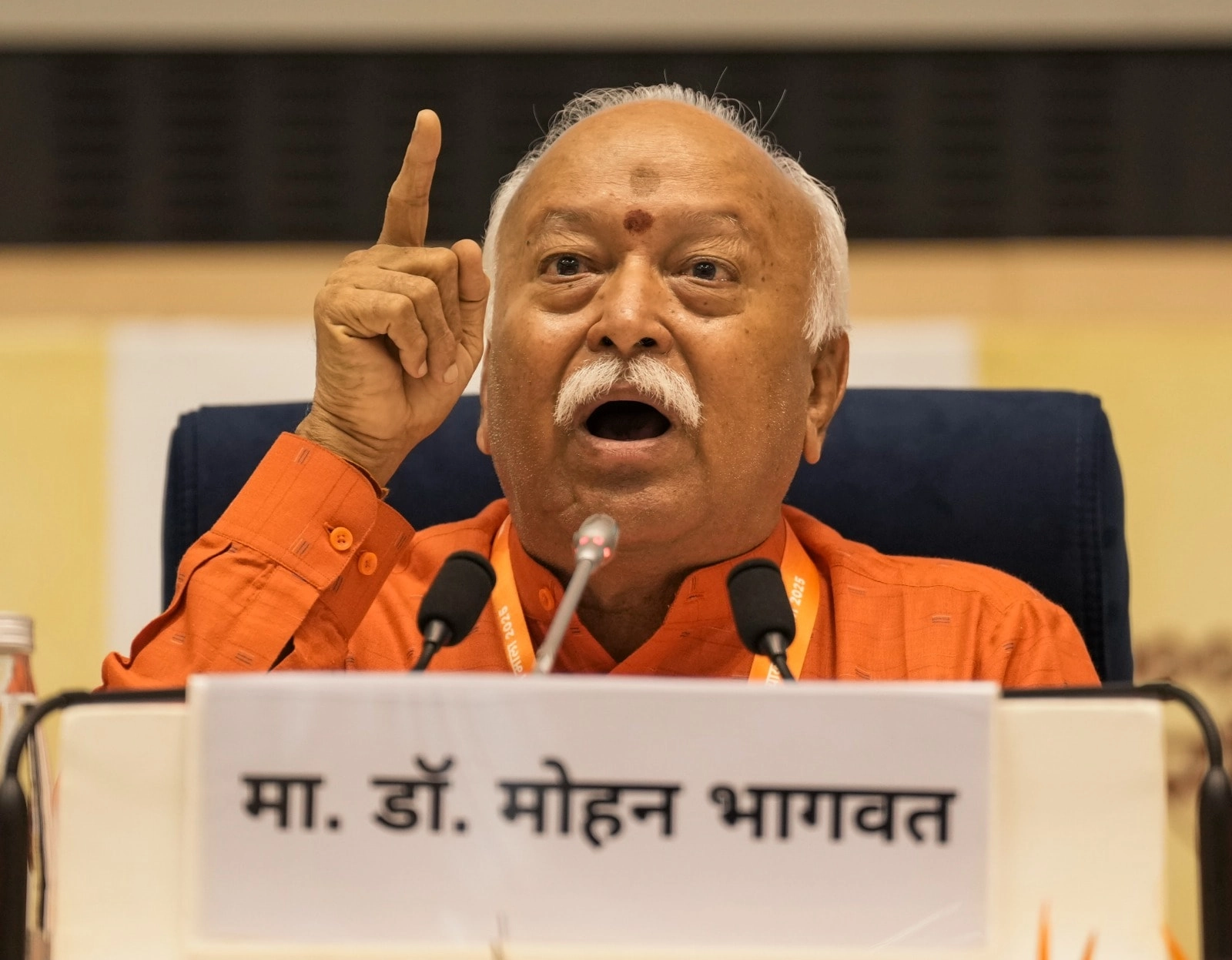The ongoing debate over voter privacy has taken a significant turn with recent demands for access to voting footage, highlighting a clash between transparency and individual rights. According to sources within the poll body, there is a growing insistence on the need for transparency in election procedures, which includes the release of footage from polling stations. Proponents argue that such measures can enhance public trust in the electoral process by ensuring that all activities are conducted fairly and openly. However, this call for transparency raises critical concerns regarding voter privacy and the potential for intimidation or harassment of individuals who participate in the electoral process.
Critics of the initiative assert that releasing voting footage could inadvertently expose voters to risks, including targeted harassment from political groups and individuals. The sanctity of the voting booth, a space designed to provide anonymity and protection for voters, is at stake. These privacy advocates emphasize that the right to vote in a secure and confidential environment is paramount to the democratic process. They argue that ensuring voter privacy is essential not only for individual safety but also for maintaining the integrity of the electoral system as a whole. The fear is that even the perception of being watched could dissuade citizens from exercising their right to vote.
On the other hand, supporters of increased transparency contend that without oversight, the risk of electoral fraud and misconduct remains a significant concern. They believe that access to voting footage could serve as a deterrent to potential malfeasance, thereby reinforcing the integrity of elections. This perspective underscores a fundamental tension in democratic societies: the balance between the need for transparency and the protection of individual rights. As the discussion evolves, it is crucial for lawmakers and electoral bodies to find a middle ground that addresses both the need for accountability and the imperative of safeguarding voter privacy.
In conclusion, the demands for voting footage access reveal a complex interplay between the ideals of transparency and the fundamental rights of voters. As discussions continue, it becomes increasingly important to consider the implications of such demands on the electoral process. Policymakers must navigate these issues carefully, ensuring that any measures implemented do not compromise the very principles that underpin democratic participation. The outcome of this debate will likely shape the future of voting practices and the level of trust the public has in electoral systems, highlighting the need for thoughtful and balanced solutions that respect both transparency and privacy.




